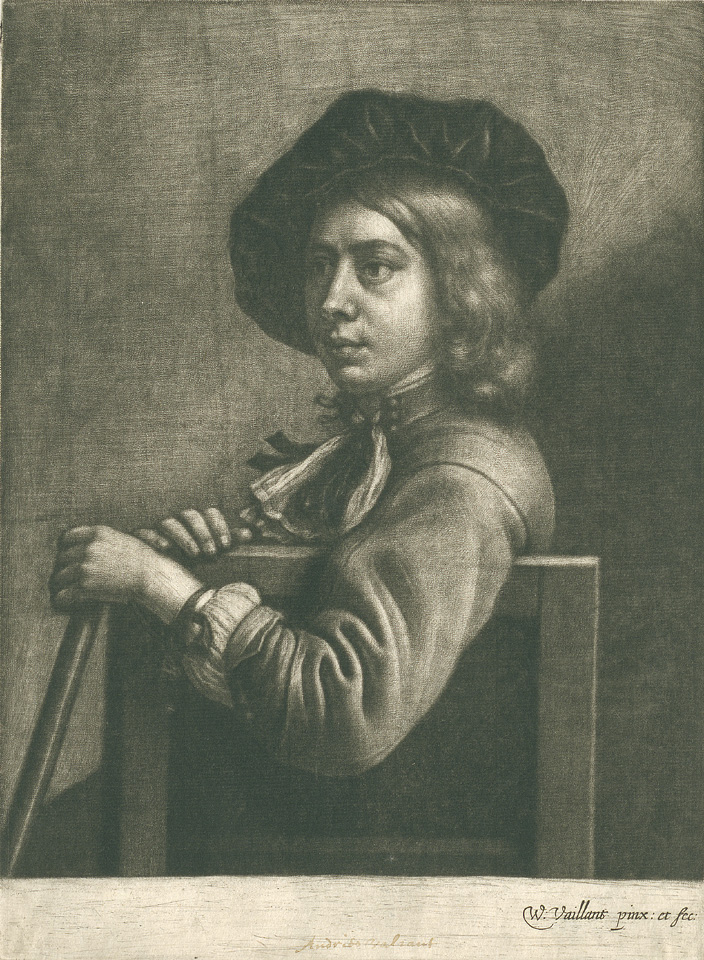Wallerant Vaillant on:
[Wikipedia]
[Google]
[Amazon]


 Wallerant Vaillant (30 May 1623 – 28 August 1677) was a Dutch Golden Age painting, painter of the Dutch Golden Age and one of the first artists to use the mezzotint technique, which he probably helped to develop.
Wallerant Vaillant (30 May 1623 – 28 August 1677) was a Dutch Golden Age painting, painter of the Dutch Golden Age and one of the first artists to use the mezzotint technique, which he probably helped to develop.


Family
Wallerant Vaillant was born in Lille, the oldest of five brothers who all became successful painters. * Jacques Vaillant (painter), Jacques (1625–1691) traveled to Italy where he joined the Bentvueghels in Rome with the nickname ''Leeuwrik'', and settled later in Berlin. * Jan Vaillant, Jan (1627–1668+) was an engraver considered to be a member of the school of Frankenthal and later became a merchant in Frankfurt. * Bernard Vaillant, Bernard (1632–1698) accompanied Wallerant on all of his travels, and settled later in Rotterdam, where he became deacon of the Wallonian Church. * Andreas Vaillant, Andreas (1655–1693), the youngest, became an engraver in Paris, and died in Berlin visiting his brother Jacques.Education and career
It is said Wallerant was a student of Erasmus Quellinus II (1607–1678) in Antwerp. He moved with his parents in 1643 to Amsterdam. In 1647 he lived in Middelburg, Zeeland, Middelburg, but in 1649 he was back in Amsterdam. In 1658 he traveled with his brother to Frankfurt and Heidelberg. He helped invent the Mezzotint technique (''schraapkunst'', or ''zwartekunst'') with Prince Rupert of the Rhine when he was his tutor performing experiments in etching techniques. In 1659 he went to Paris with Philibert de Gramont where he stayed five years. In 1664 he settled in Amsterdam and became the court painter of John William Friso, Prince of Orange. He died in Amsterdam. Vaillant is most remembered today for his mezzotints, rather than his paintings.Collections
Vaillant's work is held in the permanent collections of many museums worldwide, including the Ackland Art Museum, the Fine Arts Museums of San Francisco, the Allen Memorial Art Museum, the Museum Boijmans Van Beuningen, the Museum of Fine Arts, Houston, the Metropolitan Museum of Art, the Hood Museum of Art, the National Portrait Gallery, London, National Portrait Gallery in London, the University of Michigan Museum of Art, the Museum of Fine Arts (Budapest), Museum of Fine Arts, Budapest, the Victoria and Albert Museum, the Harvard Art Museums, the Kruizenga Art Museum, the Philadelphia Museum of Art, the Fitzwilliam Museum at Cambridge, and the Museum of Fine Arts, Boston.References
Sources
*